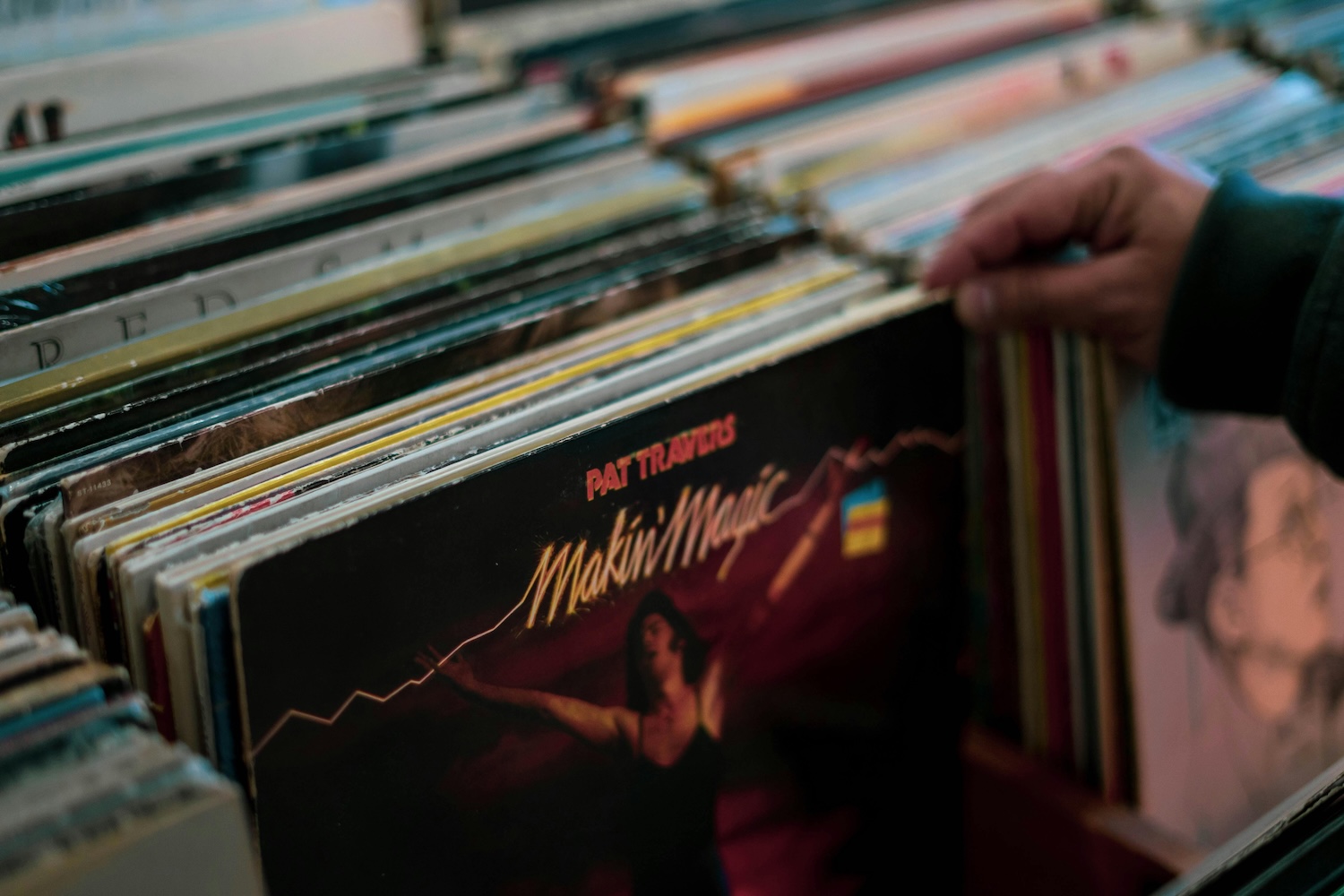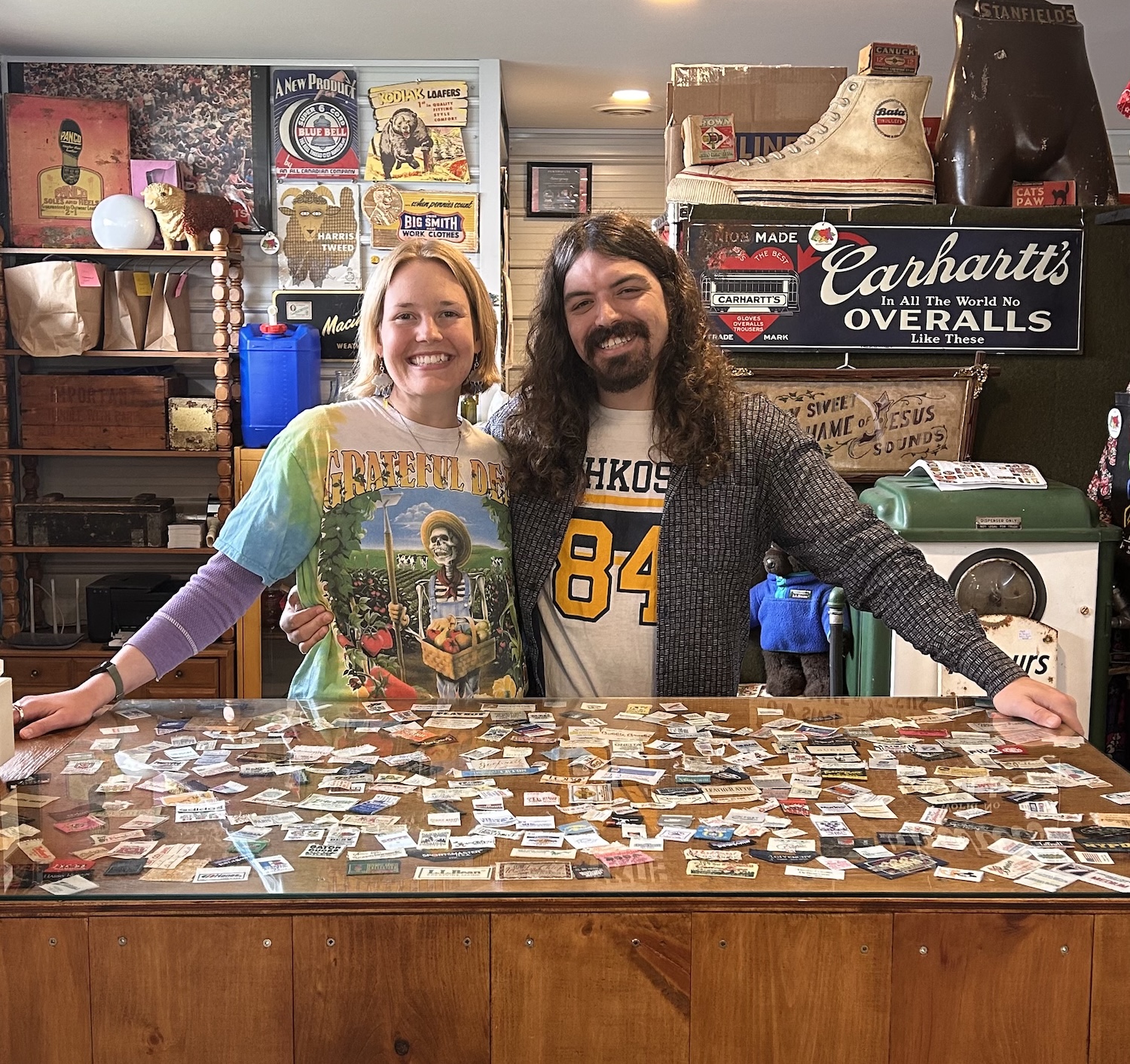
Antique ‘romancecore’: What you need to know about the Romantic Period of Victorian jewellery
Before you hop onto one of 2024's hottest trends with Victorian jewellery fit for a queen, learn about how to identify these antique gems
This article contains affiliate links. We independently research products. We may earn a small commission if you make a purchase through the links, at no extra cost to you, which helps to fund our website operations. Affiliate links do not inform the direction of our editorial content. Read more in our Terms & Conditions.
The Victorian Era often conjures up images of love and romance. Think novels by Jane Austen or the Brontë sisters. With “romancecore” slated to be all the rage in 2024, you’ll find yourself longing for the romance of yesteryear. Victorian jewellery fits the bill.
In this three-part series, we’ll take the plunge into the three periods of Victorian jewellery to learn about the motifs, materials, popular styles and identifying features that will make you fall in love with collecting these antique pieces. (See part two on the Grand Period.)
A brief history of Victorian jewellery
Jewellery lover Queen Victoria (1819-1901) set the trends during her long reign, starting in 1837. Her loving husband, Prince Albert, indulged his wife’s fascination with fantastic gemstones to add to a vast jewellery collection she had already inherited.
Victorian jewellery is categorized into three time periods that span the queen’s 64-year reign: The Early Victorian, also known as the Romantic Period (1837-1860), The Grand Period (1860–1880), and The Late Victorian, also known as the Aesthetic Period (1880 -1901).
Victorian jewellery encompasses both fine jewellery and costume. The Industrial Revolution allowed manufacturers to create machine-made pieces, which made owning jewellery more accessible to the middle class.
Initially, the Georgian Era (1714-1837) influenced jewellery during the Romantic Period. Think lockets to keep locks of hair, love knot symbols and small miniature portraits. Buckles were also a carry-over from this time, representing loyalty and fidelity.
Motifs and materials in Romantic Period jewellery
The Romantic Period was the start of Victoria and Albert’s whirlwind romance. All symbols of love, including hearts, clasped hands and arrows, were incorporated into jewellery designs.
Romantic motifs from the garden and nature appeared in jewellery, from blooming flowers and vines to leaves and birds. Insects, animals, reptiles and sea creatures were also popular.
Diamonds, sapphires, emeralds and rubies were used in Romantic Period jewellery. Diamonds were rare until 1870, which was when South African diamond mines opened. Before this, diamonds were smaller and most often appeared in tiny clusters.

You’ll also find garnet, amethyst, opal, topaz, seed pearls, turquoise, malachite, chalcedony, chrysoberyl, tortoiseshell, ivory, coral, enamel and glass imitation gems.
Albert designed an 18-karat snake engagement ring for his beloved. The ring’s snake motif, signifying eternal love in ancient Roman times, was custom-created to wind around her finger. With rubies for eyes, Victoria’s emerald birthstone was placed at the top of the snake’s head. Small diamond elements were also added.
The tradition of giving the bride-to-be an engagement ring was popularized due to the courtship of Albert and Victoria. Coloured stones, often birthstones, were the favoured choice.
Jewellery styles of the Romantic Period
Other popular rings during The Romantic Period contained messages using the first letter of the name of the precious or semi-precious stones set in the ring. Known as acrostic rings, the word DEAREST was spelled using a row of stones, including a diamond at the far left, followed by an emerald, amethyst, ruby, emerald and topaz.
Brooches were in demand during this time. Florals and bows were especially coveted. Ribbons worn at the throat with a central pin were coveted by women wishing to accentuate their necks. Large brooches also had loops, allowing them to be worn on chains.

Necklaces were available in a great variety of styles. Some were simple pendants or lockets on chains, others were intricate creations festooned with Romantic Period symbols and gemstones.
Women prized strands of white pearls and beaded necklaces made from red coral. There were also extremely long slide chain necklaces, usually crafted in gold. Adjusted to the wearer's desired length, each was designed with a large decorative slider in various motifs.
Women wore multiple styles of bracelets during the early Victorian era, usually stacked. Turquoise or blue enamel were stylish options here, along with diamond pavé elements for those who could afford them. Buckle motif bracelets were all the rage.

Earrings changed with hairstyles. Girandoles are large earrings named after the type of elaborately branched candlesticks or candelabra. The style is comprised of three drops hanging from a central design. Less complicated drop-style earrings also emerged where a stud held one decorative drop. Other styles included hooks with small dangles.
Cameos were a huge part of fashionable women’s jewelry collections starting in the Romantic Period. You’ll find brooches, earrings, necklaces and rings with cameos carved in raised relief into coral or shell. The most classic depiction is a woman’s face in profile, however, you will find there are also historical or mythological themes.
Other world events also influenced jewellery. Archeological digs and discoveries brought with them classical jewellery design influenced by Greek, Etruscan and Roman finds. In 1841, the Rome-based House of Catellani began to design jewellery based on these archeological finds. Look for Medieval and Renaissance styles which also gained a resurgence.

How to identify Romantic Period jewellery
Gold was the metal of choice during the Romantic Period. Fine jewellery was made from 18- or 22-karat yellow or rose gold. Before 1854, laws allowed only high-quality British gold to be hallmarked with a crown and number to indicate the karat.
Lesser-karat golds were not stamped until 1854 and included 15-, 12-, and nine-karat gold. Know that British gold is referred to as “carat,” whereas North American is “karat,” which will be reflected in the hallmark. Other European gold was stamped with a numeral indicating either a weight or a number representing parts per thousand.
Find antique & vintage romancecore at a market near you
View our events calendar
Note that when looking for authentic early Victorian jewellery, white gold was not available until 1900. Platinum appeared before this in 1895. By 1932, 14-karat gold replaced 15- and 12-karat.
One decorative metal technique that moved from the Georgian Period to the Romantic Period of Victorian jewellery is cannetille. In this method, delicate gold wires replicate the look of embroidery. Repoussé metal work used hammers to create designs in the metal.
Sterling silver was available and worn to a lesser extent. With her purchase of Balmoral Estate in Scotland, Queen Victoria popularized silver jewelry made in Scotland. Silver from this time was not often stamped.
When hunting for Victorian silver jewellery, carry a magnet and a small cloth with you. Real silver is not noticeably magnetic but will be tarnished and leave black markings on the cloth.
In the early 1850s, manufacturers began producing costume jewellery using rolled gold or gold electroplate, as well as aluminum, steel and pinchbeck (also referred to as “pinch”), an imitation-gold alloy comprised of 83 per cent copper and 17 per cent zinc.

Romantic Period jewellery shapes and fastenings
In the early 1900s, jewellers began using machine cutting for gemstones. But before this, during the Romantic Period of Victorian jewellery, stones were polished into shape instead of cut.
There were three main shapes for Romantic Period jewellery:
- Cabachon style: Polished unfaceted gemstone with an utterly round face and a flattened bottom.
- Rose cut: A polished round diamond with triangular facets meant to look like the petals of a rose.
- Old mine cut: Square with rounded edges for a multifaceted yet uneven look.
Most gemstones from this era are set in claws to hold them in place.

Another way for you to identify Romantic Period Victorian jewellery is by fastenings. Brooches were held in place with a “C” catch and extended pin, a tube hinge constructed of three cylinders of hollow metal, or a trombone hinge named after the instrument it resembles.
Other types of clasps you’ll find include barrel fastening, where two barrels on either end screw together for necklaces or bracelets. Bolt rings featured hinges that allowed two rings to connect, which eventually evolved into the spring ring clasp.
Look for earrings on simple hooks, because screw backs did not come onto the scene until 1895.
Where to find Romantic Period Victorian jewellery
Try Etsy, eBay, Ruby Lane, your local antique jewellery shops or ask a local vintage jewellery seller if they have any pieces.
Happy searching!
Karen Barr is a freelance writer in Ottawa, Ont.
Thank you for valuing our work!
Support our work to see this page.
You’ve got a good eye, but this gem is only available for members. Register for a plan or upgrade your current one to peek behind this vintage curtain, or log in below.















